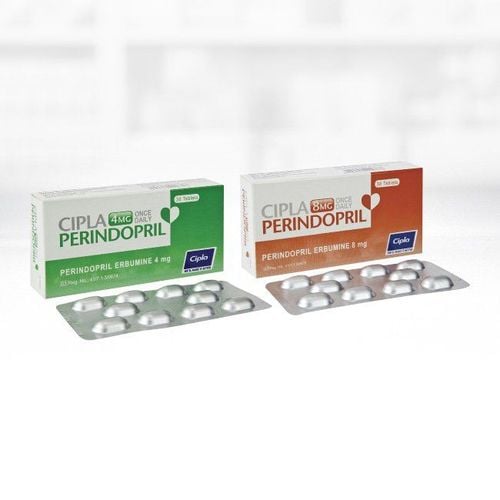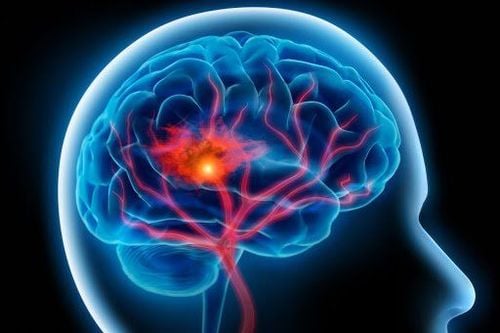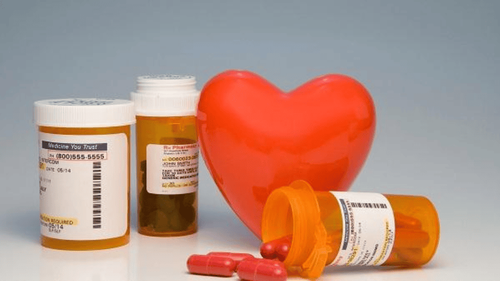This is an automatically translated article.
This article is professionally consulted by Master, Resident Doctor Tran Duc Tuan - Department of Diagnostic Imaging - Vinmec Central Park International General Hospital. The doctor has many years of experience in the field of imaging and interventional internal and external blood vessels.Hypertensive neurologic resuscitation has a high morbidity and mortality rate, so blood pressure control in the setting of a neurological emergency is beneficial, but can also be harmful if not performed appropriately. best way.
1. Why is it important to control hypertension in neurological emergencies?
Hypertension greatly affects the autoregulatory mechanisms of the brain and can lead to increased intracranial pressure and cerebral edema. Adjustment of higher or lower blood pressure is associated with increased morbidity and mortality in patients.In the neurological emergency causes of hypertension, cerebral infarction, hypertensive encephalopathy and cerebral hemorrhage are predominant. The cause is usually due to the patient's previous history of hypertension, non-adherence to treatment or inappropriate treatment.
Therefore, it is necessary to understand the pathophysiology to control hypertension in patients, rapidly diagnose the underlying disease, predict the severity and provide appropriate treatment goals, reduce the risk of ischemic stroke.
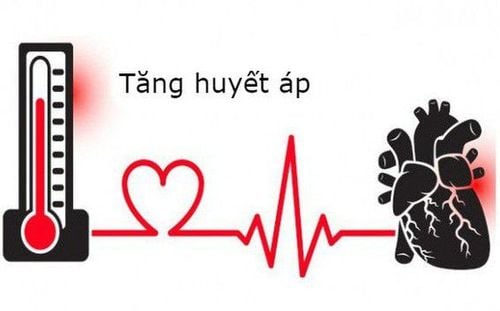
2. How to control hypertension in neurological emergency
To manage hypertension in neurological emergencies, it is important to fully understand cerebrovascular physiology. Here are ways to control hypertension in neurological emergency due to causes:Acute ischemic stroke: Stroke is the 2nd leading cause of death and leading cause of disability, ischemic stroke Acute cerebral infarction accounts for about 70% of strokes. Hypertension is common in patients with acute stroke, when blood pressure control is indicated, the goal is to be based on best clinical judgment and data from observational studies. Acute cerebral hemorrhage: Control blood pressure in ICH patients with systolic blood pressure between 150-220 mmHg and no contraindications to acute antihypertensive therapy. Acute systolic hypotension to 140 mmHg is safe. In hemorrhagic patients with systolic blood pressure >220 mmHg, consider aggressive hypotension with continuous intravenous infusion and frequent blood pressure monitoring. Subarachnoid hemorrhage: In this case, blood pressure should be controlled by medication lowering, bed rest, carotid ligation, and intracranial surgery. Elevated ICP: Usually managed medically with sedation, osmotic therapy, controlled hyperventilation, and barbiturate anesthesia. Simultaneously, continuous infusion of short-acting drugs with a reliable and safe dose response, including labetalol, esmolol, and nicardipine, is the preferred choice in the management of severe hypertension in patients. Hypertensive encephalopathy: Patients should be closely monitored in the intensive care or intensive care setting, considering monitoring of arterial blood pressure and intracranial pressure. The recommended treatment is to reduce systolic blood pressure cautiously by 20-25% or diastolic blood pressure to 100-110 mmHg during the first 1-2 hours and use titrated intravenous drugs.
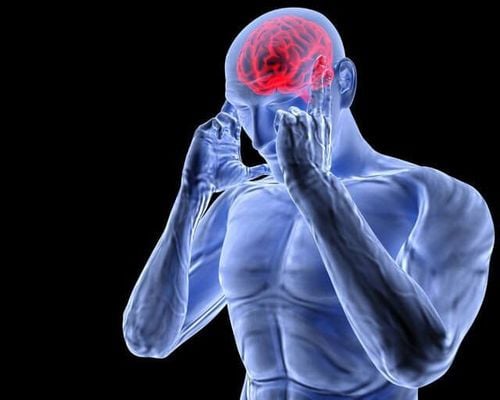
3. Medications to control blood pressure
Drugs to control blood pressure in acute stroke:Labetalol: Initial dose 10-20 mg IV 1-2 minutes. Subsequent intravenous infusion of 2-8 mg/min as needed. Aim to reduce blood pressure by 10-15%. However, the drug can cause bronchial asthma, bradycardia, congestive heart failure Nicardipine: Initial infusion 5-10 mg/hour; titrate in increments of 2.5 mg/hour every 5 minutes to a maximum of 15 mg/hour; Aim to reduce blood pressure by 10-15%. The drug can cause tachycardia, causing angina pectoris. Nitroprusside: Initiate intravenous infusion of 0.5 mcg/kg/min and closely monitor blood pressure; Adjust dose to achieve target blood pressure (up to 8 mcg/kg/min); Aim to reduce blood pressure by 10-15%. The drug can cause cyanide poisoning, the risk of increased intracranial pressure, the risk of platelet dysfunction. Drugs to control blood pressure in acute cerebral hemorrhage:
Enalaprilat: 1.25-5 mg IV every 6 hours. Esmolol: 250 mcg/kg IV loading dose; 25-300 mcg/kg/min infusion Hydralazine: 5-20 mg IV every 30 minutes, 1.5-5 μg/kg/min infusion Labetalol: 5-20 mg every 15 minutes; 2mg/min infusion (maximum 300 mg/day) Nicardipine: 5-15mg/hr Nitroprusside: 0.1-10 μg/kg/min Nitroglycerin: 20-400 μg/min.

With 90% having university degrees, 20% are professors, associate professors, nearly 30% are doctorates, bringing high efficiency in medical examination and treatment. Healing. Comprehensive and professional medical examination, consultation and treatment services. The system of modern equipment, supports effective diagnosis and treatment. Modern, civilized, luxurious and sterile medical examination and treatment space.
Please dial HOTLINE for more information or register for an appointment HERE. Download MyVinmec app to make appointments faster and to manage your bookings easily.
MORE
High blood pressure: Causes, symptoms, diagnosis and treatment How to treat cerebral hemorrhage? What drugs control blood pressure well?







